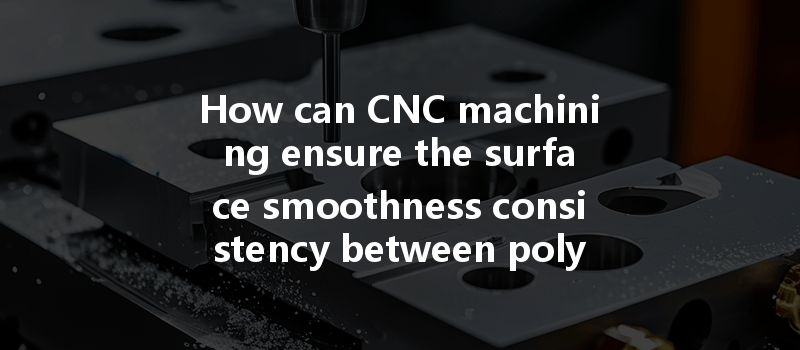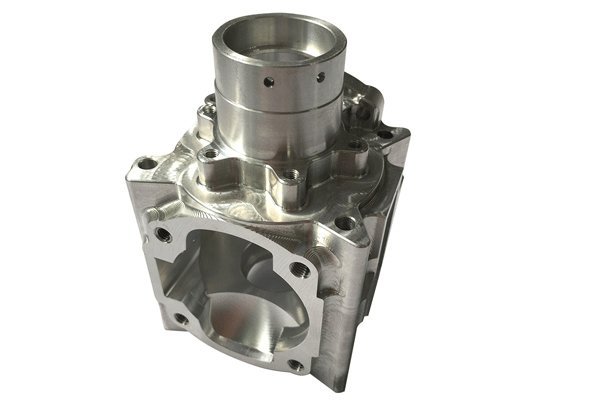*
Did you know that the global market for polymer materials is expected to reach a staggering USD 1 trillion by 2025? This explosive growth is driven by the evolving needs of industries ranging from automotive to aerospace — and at the heart of this evolution lies one crucial process: CNC machining. But how consistent is the surface smoothness when machining different polymers, such as Polypropylene (PP) and PA6 nylon? This question raises important considerations regarding manufacturing efficiency, product quality, and performance durability. In this blog, we’ll take an in-depth look at how CNC machining can ensure consistent surface smoothness when dealing with these two materials, and provide detailed methodologies that manufacturers can implement.
—
Understanding Polypropylene and PA6 Nylon
To appreciate the complexities involved in ACHIEVING consistent surface smoothness through CNC machining processes, it’s crucial to understand the properties of both materials.
Polypropylene (PP) is a lightweight thermoplastic that is known for its chemical resistance and has excellent fatigue strength. It is widely used in automotive applications, packaging, and textiles.
PA6 Nylon, or Polyamide 6, is known for its mechanical strength, high resilience, and superior thermal stability. It finds extensive applications in manufacturing gears, bearings, and various mechanical parts.
Both of these materials have unique properties that affect how they are machined. Understanding these distinctions is key to achieving consistent surface finishes.
The Importance of Surface Smoothness
Surface smoothness in CNC machining is more than just an aesthetic consideration. It plays a significant role in:
Factors Affecting Surface Smoothness in CNC Machining
Several factors determine the surface finish of machined parts, particularly when machining PP and PA6 nylon. These include:

Detailed Solutions for Achieving Surface Smoothness
Here, we present a systematic approach to enhancing surface smoothness consistency during CNC machining of PP and PA6 nylon.
Post-Processing Techniques
Achieving the desired surface finish may also require post-processing techniques:
In the competitive realm of manufacturing, achieving high-quality surface finishes in CNC machining is crucial for the performance and longevity of parts. The variables involved in machining polypropylene and PA6 nylon present unique challenges, but by leveraging the right techniques and tools, manufacturers can ensure surface smoothness consistency.
In summary, focusing on machine settings, selecting appropriate tools, optimizing tool paths, and using effective cooling and lubrication methods are critical steps in this process. Understanding these methodologies allows manufacturers to not only meet but exceed customer expectations for product quality.
As the polymer market continues to grow, the relevance and importance of these machining techniques will only become increasingly significant. It’s worth contemplating how adopting these strategies not only impacts current production but also sets the stage for future innovations in CNC machining—ultimately leading to greater efficiency, lower costs, and sustainable growth.
For manufacturers seeking to remain competitive in today’s fast-paced environment, mastering the intricacies of CNC machining for different materials is not just an advantage; it’s a necessity.






